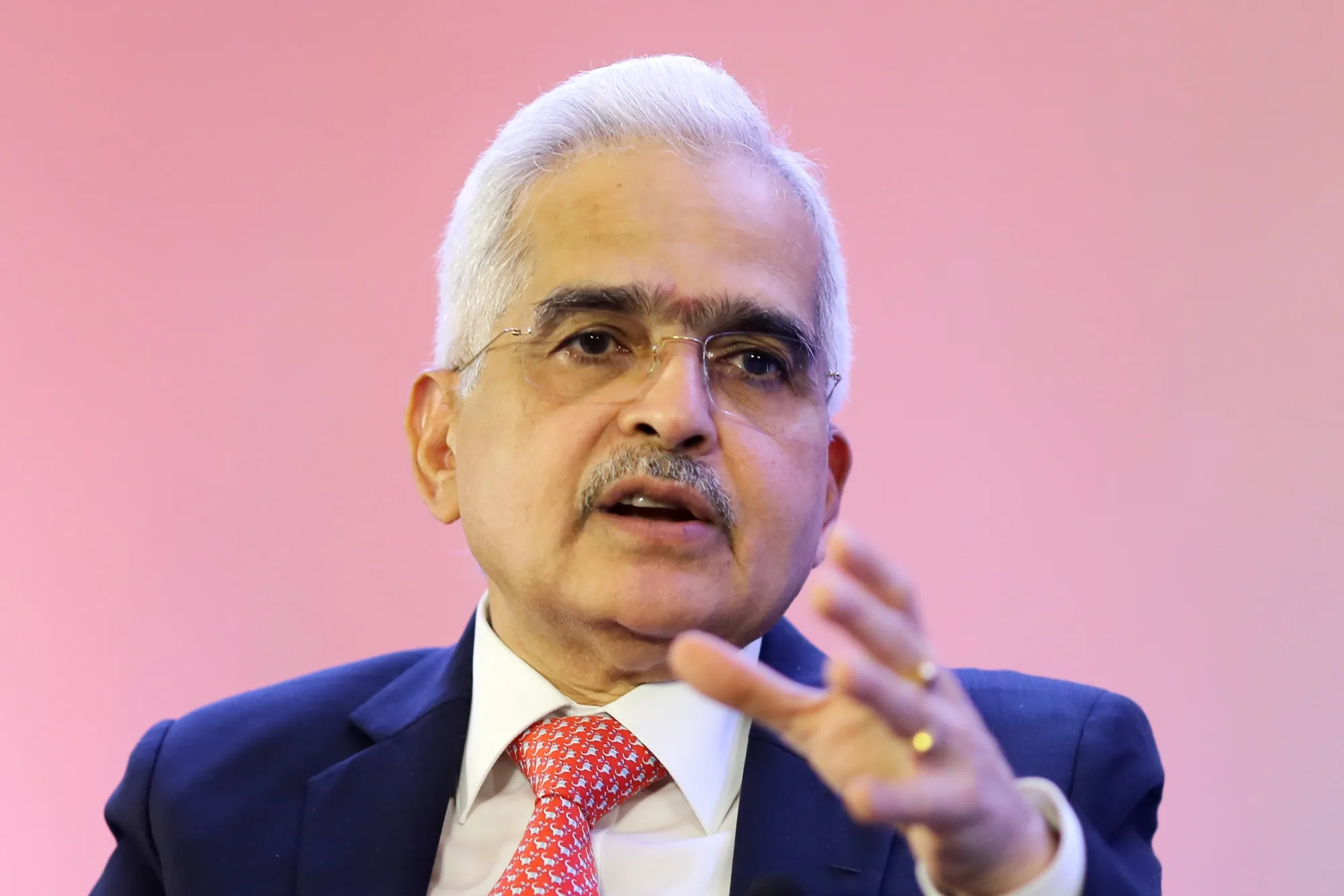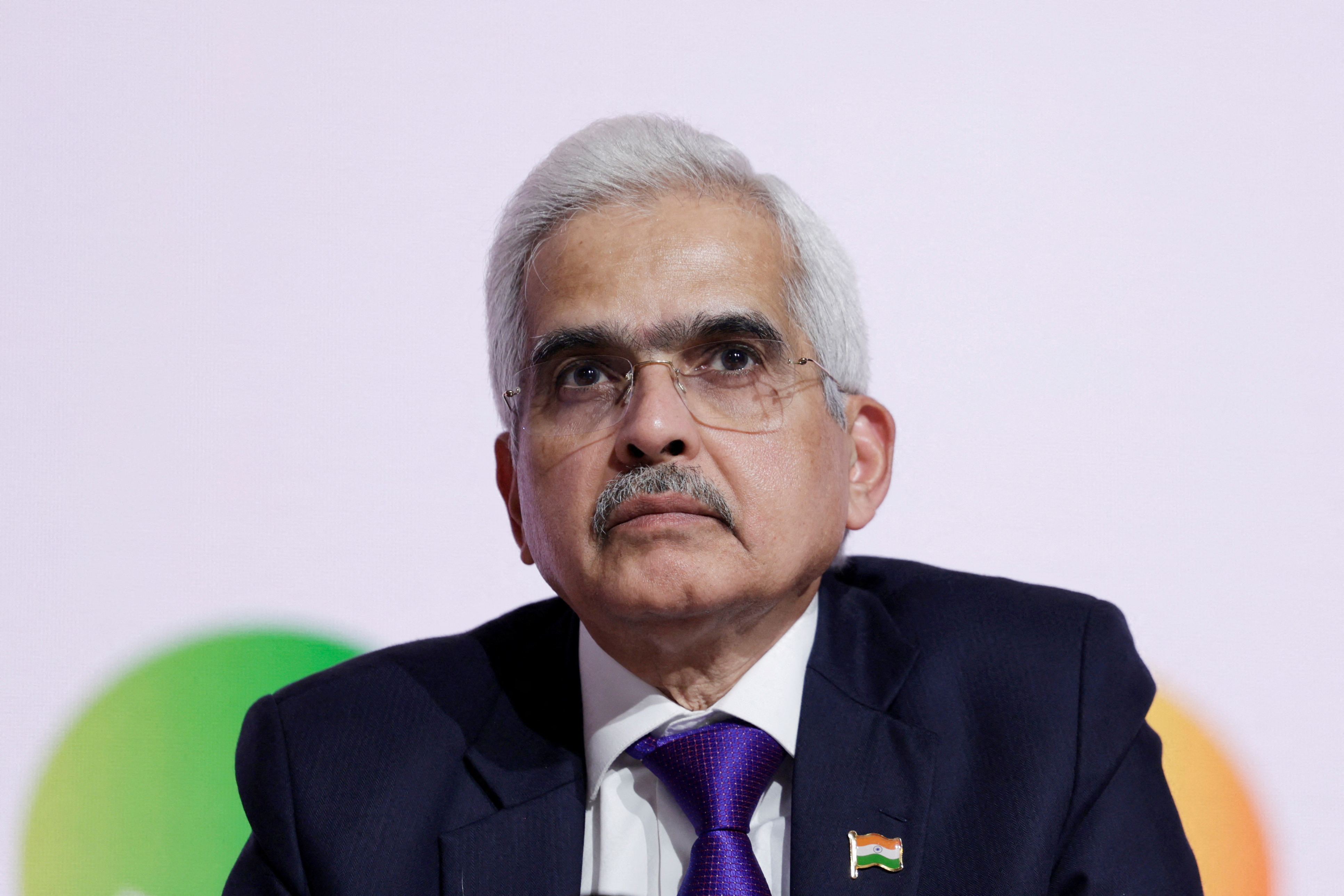India's economic growth has been on a steady upward trajectory in recent years, and the country's central bank governor, Shaktikanta Das, has played a key role in shaping monetary policy and guiding the economy. Under Das' leadership, the Reserve Bank of India (RBI) has taken a number of steps to support economic growth, including cutting interest rates, increasing liquidity, and implementing a number of structural reforms.
Editor's Notes: "Shaktikanta Das: India's Central Bank Governor, Leading Monetary Policy And Economic Growth" have published today date". The central bank's policies have been widely praised by economists and business leaders, and Das has been credited with helping to create a stable and conducive environment for investment and growth. In recognition of his contributions, Das was named the "Central Banker of the Year" by the Financial Times in 2019.
We have done some analysis, digging information, made Shaktikanta Das: India's Central Bank Governor, Leading Monetary Policy And Economic Growth we put together this Shaktikanta Das: India's Central Bank Governor, Leading Monetary Policy And Economic Growth guide to help target audience make the right decision.
| Factor | Traditional | Shaktikanta Das impact |
|---|---|---|
| Interest rates | High | Lower |
| Liquidity | Tight | Increased |
| Limited | Implemented |
- Das's early life and career
- His appointment as RBI governor
- The challenges he has faced
- His achievements
- His legacy
FAQ
This FAQ section provides answers to common questions and concerns related to the topic of "Shaktikanta Das: India's Central Bank Governor, Leading Monetary Policy And Economic Growth."

India’s Central Bank Governor Hospitalized, to Be Discharged - Bloomberg - Source www.bloomberg.com
Question 1: What is Shaktikanta Das's role as the Governor of the Reserve Bank of India?
As the Governor of the Reserve Bank of India (RBI), Shaktikanta Das is responsible for leading India's monetary policy and managing the country's financial system. He plays a crucial role in setting interest rates, regulating banks and financial institutions, and managing the nation's foreign exchange reserves.
Question 2: How has Das's monetary policy influenced India's economic growth?
Das has implemented a flexible monetary policy that has helped to stabilize inflation, support economic growth, and maintain financial stability. His policies have contributed to India's robust economic growth in recent years, characterized by low inflation and stable financial markets.
Question 3: What are the challenges facing the RBI under Das's leadership?
The RBI faces several challenges under Das's leadership. These include managing inflationary pressures, addressing global economic headwinds, and implementing financial sector reforms. The RBI must also navigate the complex interplay between monetary policy and fiscal policy.
Question 4: How has the RBI responded to the COVID-19 pandemic?
Under Das's leadership, the RBI has implemented a range of measures to mitigate the economic impact of the COVID-19 pandemic. These measures include cutting interest rates, providing liquidity to the financial system, and supporting government borrowing.
Question 5: What is Das's vision for the future of the RBI and India's financial system?
Das envisions a modern, technologically advanced RBI that is well-equipped to meet the challenges of the future. He has emphasized the importance of financial inclusion, digital banking, and sustainable finance. Das is also committed to strengthening the regulatory framework for the financial sector.
Question 6: How can stakeholders engage with the RBI under Das's leadership?
Stakeholders can engage with the RBI through various channels, including policy meetings, consultations, and public hearings. The RBI also publishes a range of reports and publications that provide insights into its policies and operations.
The RBI's policies and actions under Shaktikanta Das's leadership have had a significant impact on India's economic growth and financial stability. His ability to navigate complex economic challenges and his commitment to sound monetary policy have helped to position India as a leading emerging market.
...
Tips by Shaktikanta Das: India's Central Bank Governor, Leading Monetary Policy And Economic Growth
The Reserve Bank of India (RBI), India's central bank, plays a critical role in managing the country's monetary policy and fostering economic growth. Under the leadership of Governor Shaktikanta Das, the RBI has implemented several initiatives to support India's economic development. Here are some key tips from Governor Das that can provide valuable insights for policymakers and economists.
Tip 1: Maintain Price Stability
Price stability is essential for sustainable economic growth. The RBI aims to keep inflation within a targeted range to prevent fluctuations that can harm businesses and consumers. By effectively managing inflation, the central bank can create a stable environment for investment and growth.
Tip 2: Enhance Financial Inclusion
Financial inclusion is crucial for equitable economic development. The RBI has taken steps to promote access to banking and financial services for all segments of the population. Initiatives such as Jan Dhan Yojana and Pradhan Mantri Jan Dhan Yojana have expanded financial inclusion, empowering individuals and businesses to participate actively in the economy.
Tip 3: Support Economic Growth
Monetary policy can play a significant role in stimulating economic growth. The RBI uses tools such as interest rate adjustments and liquidity provision to influence economic activity. By creating favorable conditions for investment and consumption, the central bank can foster sustainable and inclusive growth.
Tip 4: Manage External Risks
India's economy is exposed to external factors such as global trade and fluctuations in commodity prices. The RBI monitors these risks and implements measures to mitigate their impact on the domestic economy. By managing external risks effectively, the central bank helps maintain financial stability and insulates the country from global shocks.
Tip 5: Foster Innovation and Technology
Technological advancements can enhance the efficiency and accessibility of financial services. The RBI encourages innovation and adoption of new technologies in the financial sector. This can promote greater competition, reduce costs, and improve the overall financial ecosystem.
Shaktikanta Das's leadership at the RBI has had a positive impact on India's monetary policy and economic growth. By focusing on price stability, financial inclusion, economic growth, external risk management, and fostering innovation, the central bank has created a conducive environment for inclusive and sustainable development.
As India continues to navigate the challenges and opportunities of a rapidly evolving global economy, the RBI's policies under Governor Das will play a crucial role in shaping the country's economic future.
Shaktikanta Das: India's Central Bank Governor, Leading Monetary Policy And Economic Growth
As the Governor of the Reserve Bank of India (RBI), Shaktikanta Das plays a pivotal role in the Indian economy, influencing monetary policy and fostering economic growth.

India vulnerable to recurring, overlapping food price shocks, RBI chief - Source www.reuters.com
- Monetary Policy Anchor: Das is instrumental in setting and implementing the RBI's monetary policy, managing inflation, and supporting economic activity.
- Economic Steward: He leads the RBI's efforts to promote financial stability, regulate the banking sector, and maintain currency stability.
- Growth Catalyst: Das works with the government to foster economic growth through initiatives like promoting financial inclusion and supporting infrastructure development.
- International Collaborator: Das represents India in global economic forums, collaborating with central banks and international organizations.
- Banking Regulator: He oversees the banking sector, ensuring its soundness and compliance with regulations.
- Financial Inclusion Advocate: Das is committed to promoting financial inclusion, expanding access to banking and financial services for all citizens.
In conclusion, Shaktikanta Das's multifaceted role extends beyond monetary policy to encompass economic stewardship, growth catalysis, international collaboration, banking regulation, and financial inclusion. His decisions and policies have a profound impact on the Indian economy, shaping the financial landscape and influencing the country's economic trajectory.

India’s central bank pledges more help as economy set to shrink - Source www.aljazeera.com
Shaktikanta Das: India's Central Bank Governor, Leading Monetary Policy And Economic Growth
Shaktikanta Das, as the governor of the Reserve Bank of India (RBI), plays a critical role in shaping India's monetary policy and steering economic growth. The RBI, as the central bank, is responsible for managing the country's monetary system, regulating financial institutions, and maintaining price stability. Das's leadership in these areas has significantly influenced India's economic trajectory.

RBI governor Das's battle with India's economic slump, inflation - Source qz.com
One of Das's key responsibilities is to set interest rates, which can influence the cost of borrowing for businesses and consumers. By adjusting interest rates, the RBI can stimulate economic growth or curb inflation. Under Das's leadership, the RBI has adopted a flexible approach to monetary policy, considering various factors such as inflation, economic growth, and financial stability, to maintain a balance between price stability and supporting growth.
Additionally, Das has focused on strengthening the financial sector's resilience. He has implemented measures to improve the stability of banks, non-banking financial companies, and other financial institutions. This has helped to enhance the overall health of the financial system and reduce risks to the economy. Das's efforts have contributed to India's economic growth by creating a stable and supportive financial environment.
Furthermore, Das has played a crucial role in promoting financial inclusion in India. He has spearheaded initiatives to increase access to banking services for marginalized communities, including rural areas and low-income households. These efforts have expanded the reach of formal financial channels, empowering individuals and businesses with financial literacy and access to credit, which has contributed to inclusive economic growth.
Conclusion
Shaktikanta Das's leadership as the governor of the RBI has significantly influenced India's monetary policy and economic growth. His focus on maintaining price stability, strengthening the financial sector, and promoting financial inclusion has contributed to a stable and supportive economic environment. Das's proactive and forward-looking approach has played a crucial role in steering India's economy towards sustained growth and inclusive development.
Going forward, the RBI's policies under Das's guidance will continue to be vital in navigating the challenges and opportunities of the global economy. His experience and expertise will be crucial in ensuring that India's monetary policy remains agile, effective, and aligned with the country's long-term economic goals.